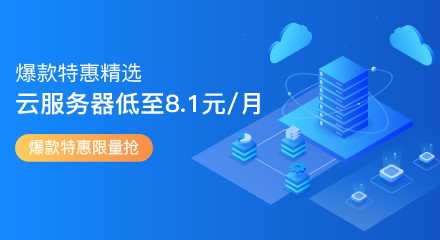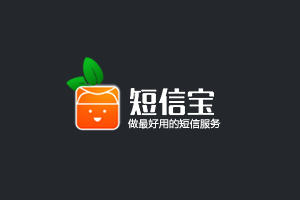4 个回答
该自定义的组件添加数据/函数/计算属性,就像vue实例那样,
Vue.component('custom-button',{
template:'<button>自定义按钮组件</button>',
data(){
return {numbers:[-5,0,1,2,3]}
},
computed:{
positiveNumbers(){
return this.numbers.filter((number)=>number>=0);
}
}
});组件的data与vue的data有不同,组件使用的是函数返回对象,因为组件需要重复使用,这样就避免了data的共享异常.
组件中的自定义事件
组件设置 自定义事件 是为了让组件内的操作可以影响到组件外部(也就是父组件环境).主要通过两个方法实现:
- 组件上监听自定义组件事件: vue.$on('自定义事件名');
- 组件内的执行方法里执行触发事件:vue.$emit('自定义事件名');
<div id="app">
<p>{{total}}</p>
<button-counter v-on:increment="incrementTotal"></button-counter> //这里监听了自定义事件increment,执行函数为incrementTotal
</div>
Vue.component('button-counter',{
template:'<button v-on:click="incrementHandle">{{counter}}</button>', //组件上监听了click原生事件,执行函数为incrementHandle
data(){
return {
counter:0
}
},
methods:{
incrementHandle(){
this.counter++;
this.$emit('increment'); //在这个组件内的执行函数里,触发了自定义事件.
}
}
});
new Vue({
el:'#app',
data:{
total:0
},
methods:{
incrementTotal:function(){ //这里实现具体的执行操作
this.total++;
}
}
});定义一个vue组件
const CustonButton = {
template:'<button>自定义按钮组件</button>'
};
new Vue({
el:'#app',
components:{
CustonButton
}
});定义一个全局的vue组件,这样就不用再vue实例里面定义components属性了
Vue.component('custom-button',{
template:'<button>自定义按钮组件</button>'
});使用组件
<div id="app">
<custom-button></custom-button>
</div>利用.sync修饰符实现双向数据绑定
通常数据通过prop从父级组件传递到子组件中,父组件中的数据发送变动时,子组件中的数据也发生更新.
<div id="app1">
<demo-btn :number="number"></demo-btn>
</div>
new Vue({
el:'#app1',
data:{
number:0
},
components:{
demoBtn:{
template:'<div>{{number}}</div>',
props:{
number:{type:number,required:true}
}
}
}
});
//最后显示
<div id="app1">
<div>0<div>
</div>如果要实现双向绑定,即子组件的数据更新同时父组件也会得到更新,如何写呢?
<div id="app2">
<div>
<h4>这里是父组件的值:{{number}}</h4>
<demo-btn :number.sync="number"></demo-btn>
</div>
</div>
new Vue({
el:'#app2',
data:{
number:0
},
components:{
demoBtn:{
template:'<div>子组件值:{{number}}</div>',
props:{
number:{type:number,required:true}
},
mounted(){
setInterval(()=>{this.$emit('update:number',this.number+1)},1000);
}
}
}
});



使用slot向组件里塞入html
使用prop可以将数据传入组件中,那如果要传入html/其他组件呢? 这就要使用slot
模板中加入<slot>,组件间的内容就会保留到组件中.
-